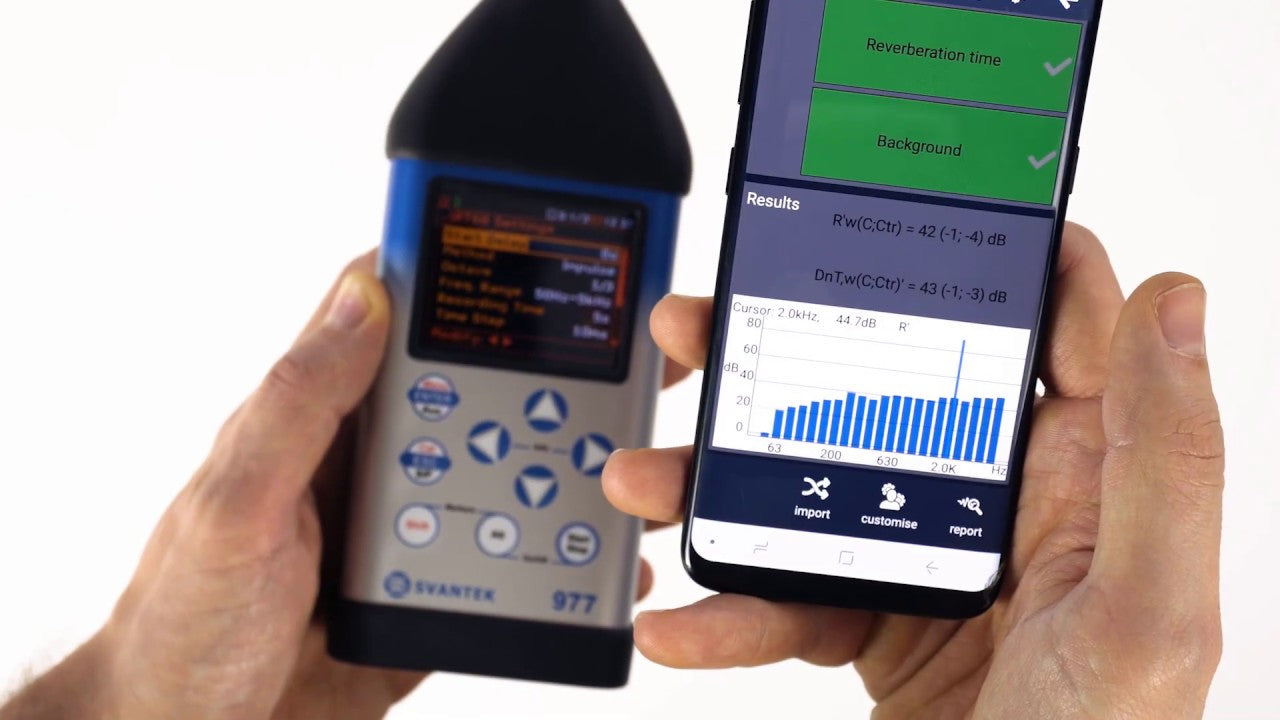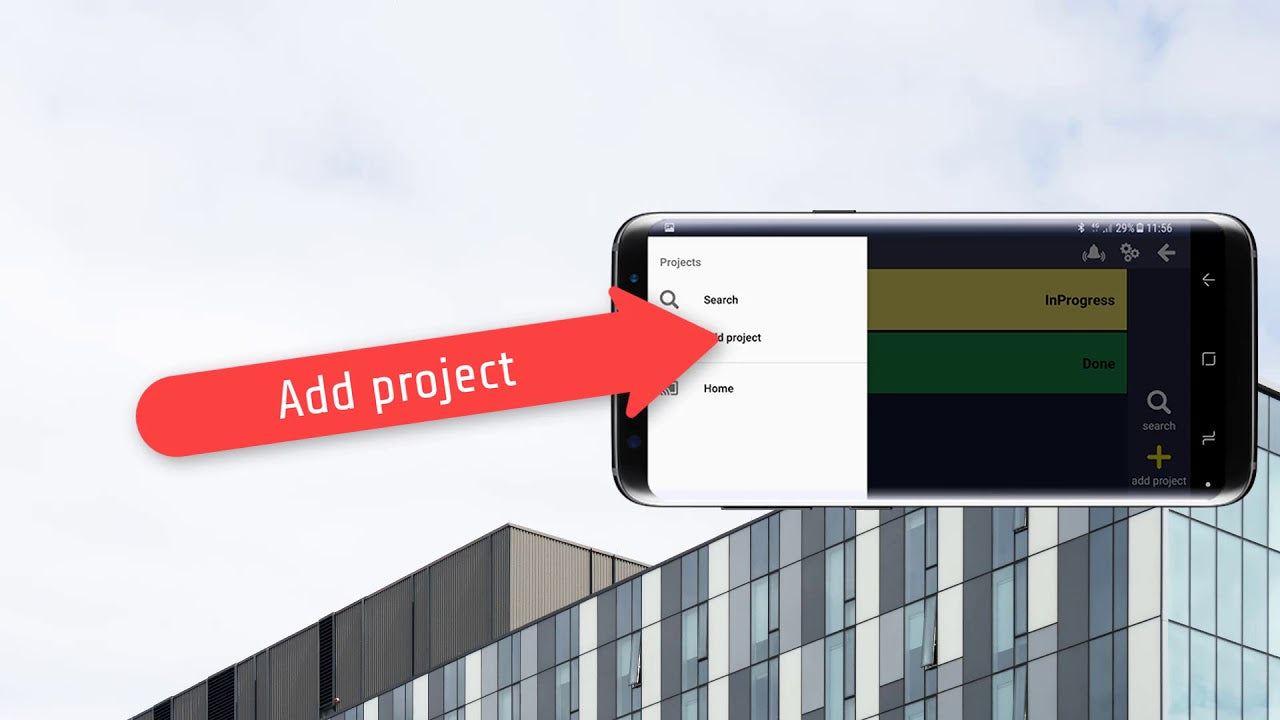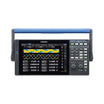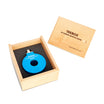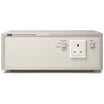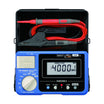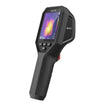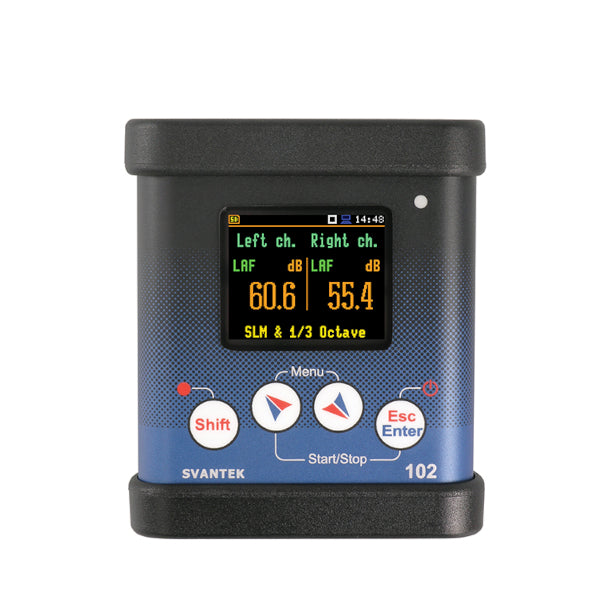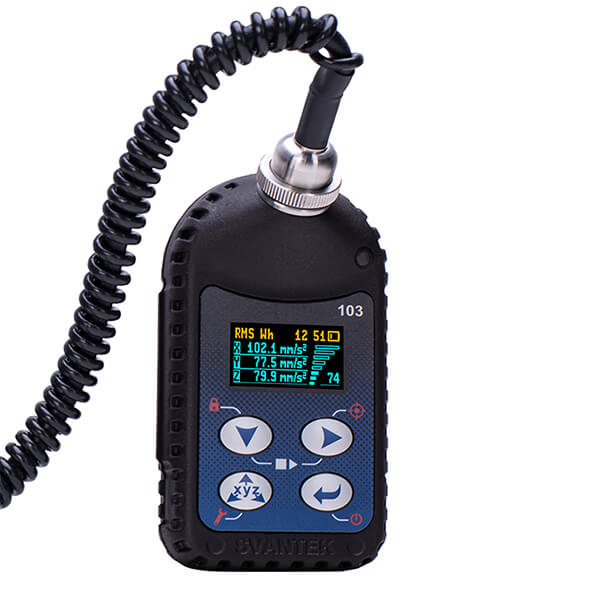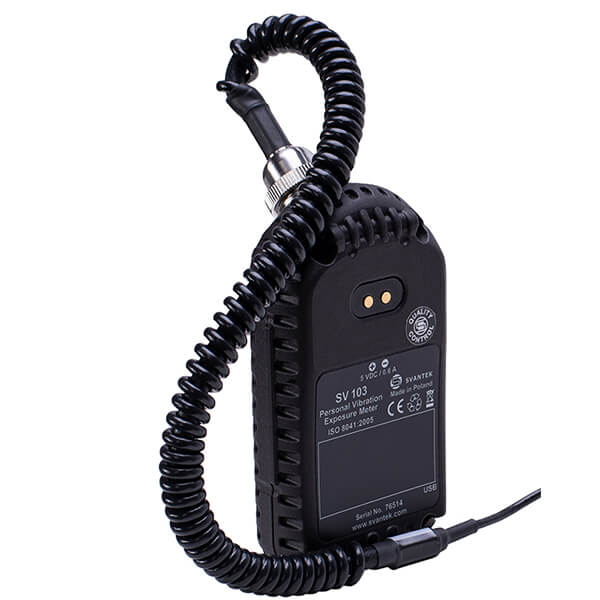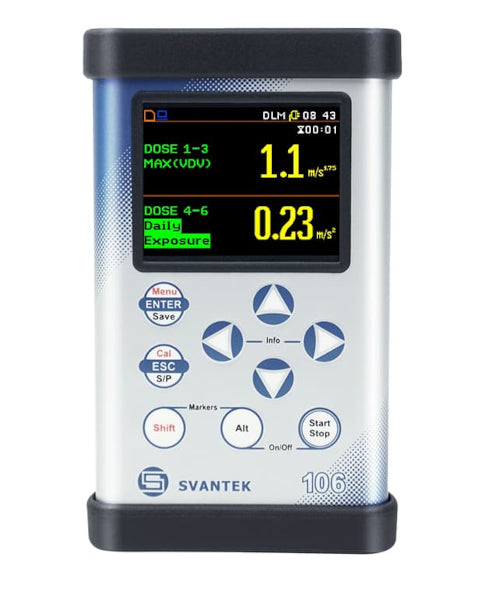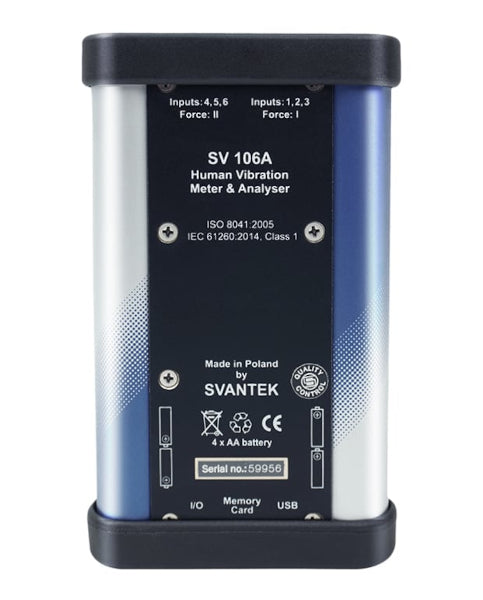Building Acoustics
Measurements in accordance to ISO 16283

Building acoustics concerns the level of acoustic comfort for the occupants of buildings. Majority of building acoustic measurements are performed in conformance with ISO 16283 that defines measurement procedures of sound insulation in buildings.
The ISO 16283 standard series takes in consideration: airborne sound insulation of two spaces adjacent and belonging to different residential units, airborne sound insulation through façades compared to external noise and impact sound insulation of floors.
ISO 16283
Measurements
Sound insulation measurement procedure consists of following steps:
- Measurement of sound pressure level in source room
- Measurement of sound pressure level in receiving room
- Measurement of background noise
- Measurement of reverberation time
The output of measurement is Weighted Apparent Sound Reduction Index : R’w a single number rating of airborne sound insulation between rooms, over a range of frequencies.
The instruments for measuring building acoustics shall meet the requirements for a Class 1 instrumentation in accordance to IEC 61672-1. The octave and 1/3 octave filters shall meet requirements of a Class 1 in accordance to IEC 61260. The reverberation time measurement shall comply with the requirements of ISO 3382-2.
The sound level meter shall be calibrated before and after series of measurements with the Class 1 calibrator in accordance to IEC 60942. The unit should be verified at the accredited laboratory at intervals not exceeding 1 year.
Rubber ball is an alternative for tapping machine, used by dropping vertically from 100 cm. Useful to assess soft impacts Impact Ball is used for sound insulation testing in light weight structures where a standard (tapping machine) impact sound source would create too much impact force.
Related Products
Videos:
